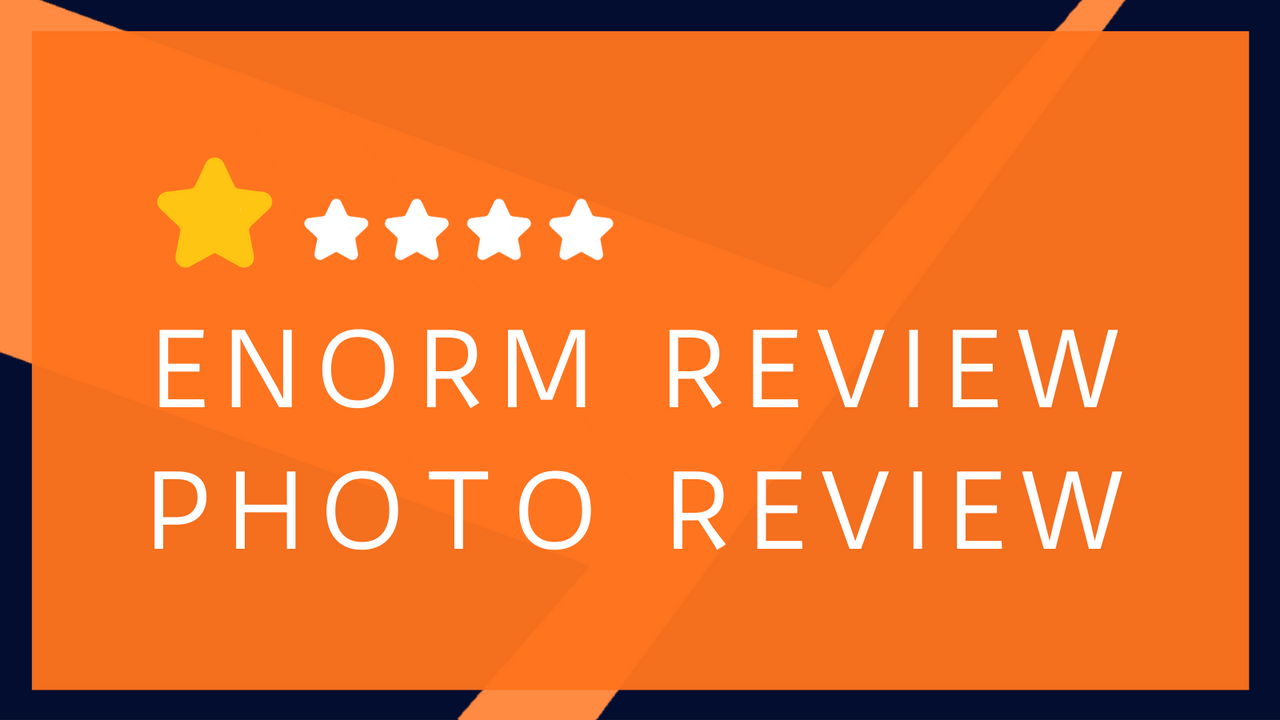Dominate the Review Industry with Instant Brand Recognition
The review.reviews domain is more than just a web address—it's a powerful branding statement that immediately positions your business as the authoritative destination for reviews and customer feedback. This premium domain leverages the psychological impact of repetition, making it incredibly memorable for users seeking review platforms, comparison sites, or reputation management services.
SEO Powerhouse for Review-Related Keywords
With "review" appearing twice in the domain name, you gain unprecedented SEO advantages for high-value keywords like "product reviews," "customer reviews," "review platform," and "review site." Search engines recognize the semantic relevance, giving you a significant head start in ranking for review-related queries that drive millions of searches monthly.
Trust and Authority in the Digital Age
In an era where online reviews influence 93% of consumer purchasing decisions, owning review.reviews establishes immediate trust and authority. Customers instinctively understand that your platform is dedicated to authentic, comprehensive reviews, making them more likely to engage with your content and trust your recommendations.


